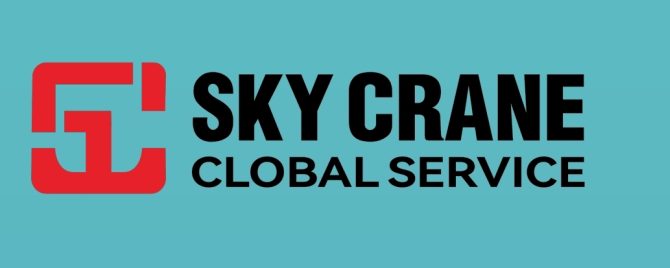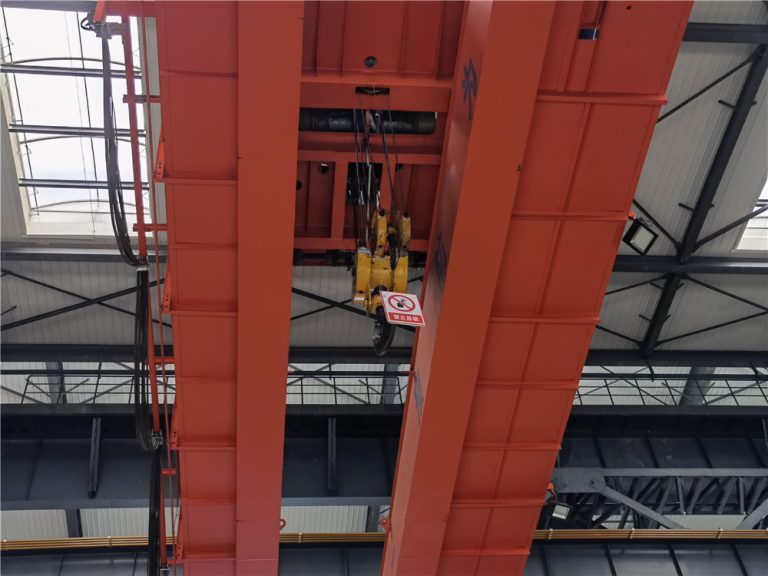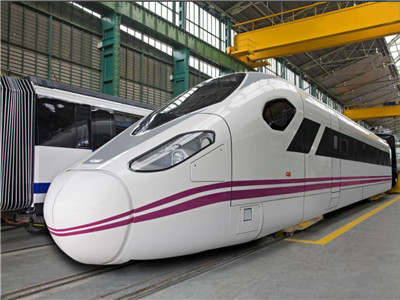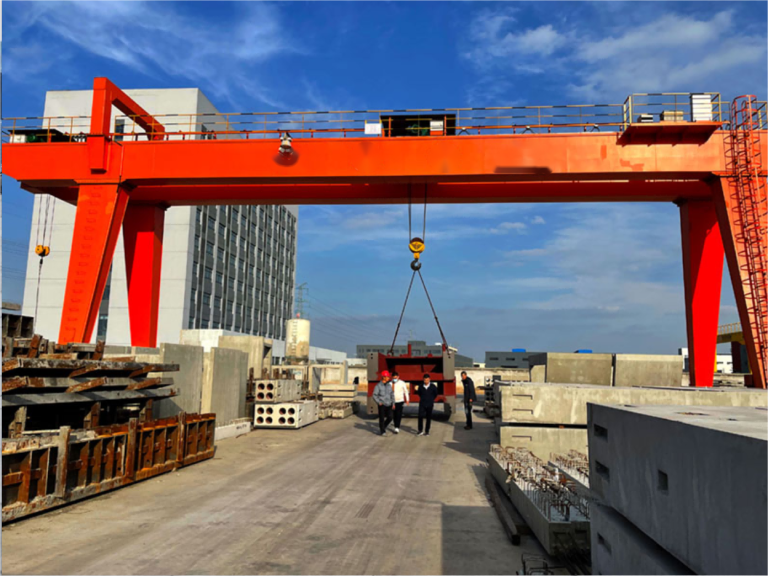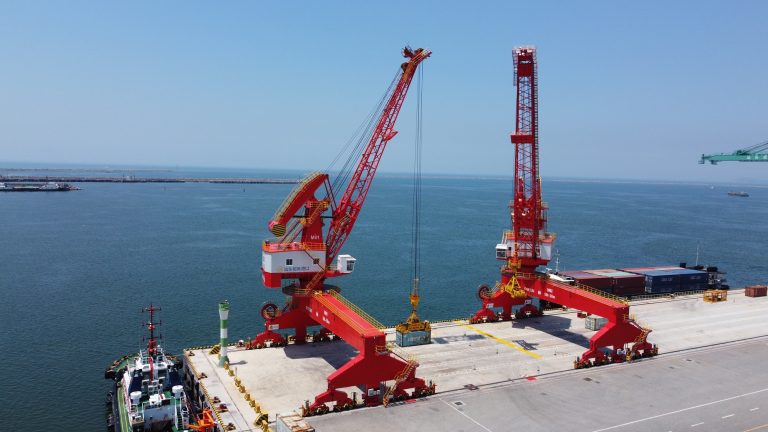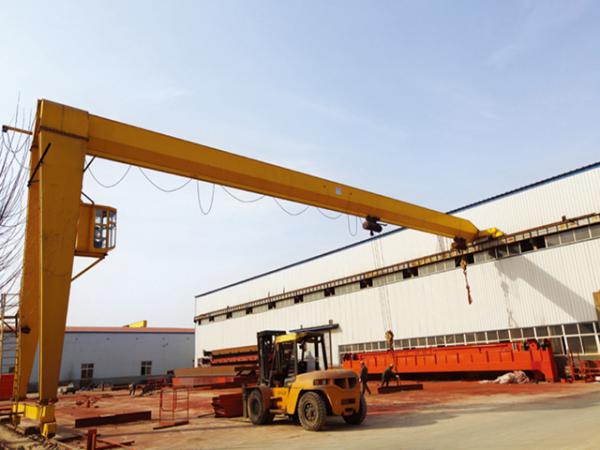Table of Contents
Benefits of Using Light and Small Lifting Equipment in Construction Projects
In the world of construction, efficiency and safety are paramount. One way to achieve both of these goals is by utilizing light and small lifting equipment. These tools are essential for moving heavy materials and equipment around construction sites, making the job easier and safer for workers. Chinese exporters are known for producing high-quality lifting equipment that is both reliable and cost-effective.
One of the main benefits of using light and small lifting equipment in construction projects is the ability to easily maneuver materials in tight spaces. These tools are designed to be compact and lightweight, making them ideal for navigating through narrow corridors or crowded work areas. This can help to save time and reduce the risk of accidents on the job site.
Another advantage of using light and small lifting equipment is the increased safety it provides for workers. By using these tools, workers can avoid the strain and potential injuries that come with manually lifting heavy objects. This can help to reduce the number of workplace accidents and improve overall job site safety.
Chinese exporters are known for producing high-quality lifting equipment that meets international safety standards. This means that construction companies can trust that the equipment they are using is reliable and will perform as expected. Additionally, Chinese exporters often offer competitive pricing, making it a cost-effective option for construction companies looking to invest in new lifting equipment.
In addition to safety and efficiency, light and small lifting equipment can also help to improve productivity on the job site. By using these tools, workers can move materials quickly and easily, allowing them to complete tasks in less time. This can help to speed up the construction process and keep projects on schedule.
| Nr. | Name |
| 1 | General purpose bridge crane |
| 2 | Rubber – tired Gantry Crane |
| 3 | European-style crane |
| 4 | Harbour crane |
Chinese exporters offer a wide range of light and small lifting equipment options to choose from, including hoists, cranes, and winches. These tools are designed to meet the specific needs of construction projects, whether they involve lifting heavy materials to great heights or moving objects across long distances. With so many options available, construction companies can find the perfect lifting equipment to suit their needs.
Overall, the benefits of using light and small lifting equipment in construction projects are clear. From increased safety and efficiency to improved productivity, these tools are essential for any construction site. Chinese exporters are a reliable source for high-quality lifting equipment that can help construction companies achieve their goals. By investing in these tools, construction companies can ensure that their projects run smoothly and safely from start to finish.
Top Features to Look for When Choosing Light and Small Lifting Equipment
When it comes to choosing light and small lifting equipment, there are several key features that you should consider to ensure that you are getting the best product for your needs. In this article, we will discuss some of the top features to look for when selecting lifting equipment from Chinese exporters.
One of the most important features to consider when choosing light and small lifting equipment is the weight capacity. You want to make sure that the equipment you are purchasing can safely lift the loads that you will be working with. It is essential to check the weight capacity of the equipment and ensure that it meets your requirements.
Another important feature to consider is the size and dimensions of the lifting equipment. Light and small lifting equipment is designed to be compact and easy to maneuver in tight spaces. You should look for equipment that is lightweight and easy to transport, as well as equipment that can be easily stored when not in use.
Durability is also a crucial factor to consider when choosing lifting equipment. You want to invest in equipment that is built to last and can withstand the rigors of daily use. Look for equipment that is made from high-quality materials and has a reputation for being durable and reliable.
Safety features are another essential consideration when selecting lifting equipment. You want to ensure that the equipment you are using is safe for both the operator and the load being lifted. Look for equipment that has safety features such as overload protection, emergency stop buttons, and secure locking mechanisms.
Ease of use is also an important factor to consider when choosing light and small lifting equipment. You want equipment that is easy to operate and requires minimal training to use effectively. Look for equipment that has intuitive controls and ergonomic design to make operation as simple as possible.
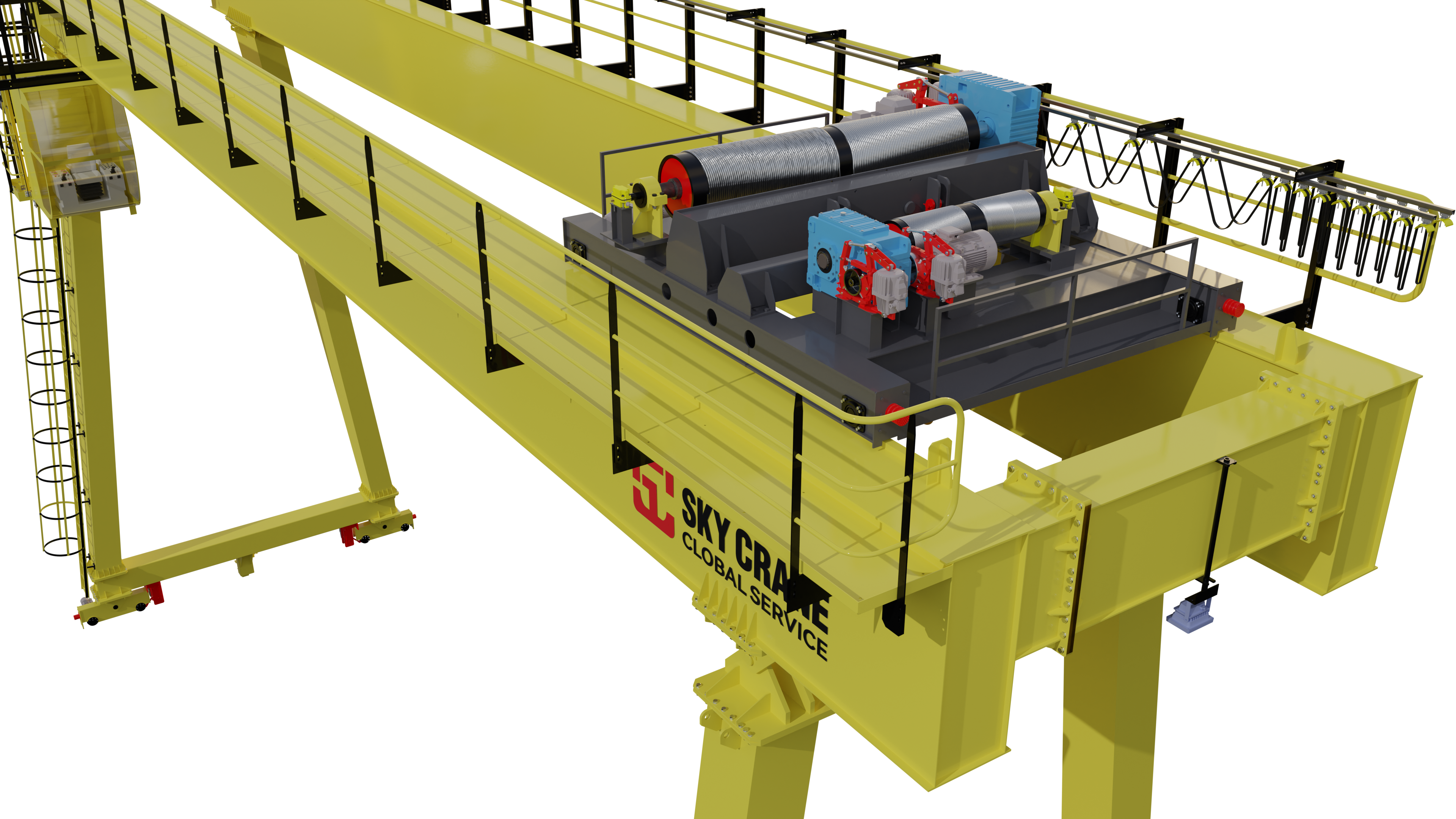
When selecting lifting equipment from Chinese exporters, it is also important to consider the reputation of the manufacturer. Look for companies that have a history of producing high-quality products and have a reputation for excellent customer service. You can research online reviews and testimonials to get an idea of the company’s reputation before making a purchase.
In conclusion, when choosing light and small lifting equipment from Chinese exporters, there are several key features to consider. These include weight capacity, size and dimensions, durability, safety features, ease of use, and the reputation of the manufacturer. By carefully considering these features, you can ensure that you are getting the best equipment for your needs.
How to Properly Maintain and Extend the Lifespan of Light and Small Lifting Equipment
Light and small lifting equipment are essential tools in various industries, including construction, manufacturing, and warehousing. These tools are designed to lift and move heavy loads with ease, making them indispensable for many businesses. However, like any other equipment, proper maintenance is crucial to ensure their longevity and efficiency. In this article, we will discuss how to properly maintain and extend the lifespan of light and small lifting equipment.
Regular inspection is the first step in maintaining lifting equipment. Before each use, it is important to visually inspect the equipment for any signs of wear and tear, such as cracks, dents, or loose parts. Any damaged equipment should be immediately taken out of service and repaired or replaced. Additionally, all moving parts should be lubricated regularly to prevent friction and ensure smooth operation.
Proper storage is also essential in maintaining lifting equipment. When not in use, equipment should be stored in a clean, dry, and well-ventilated area to prevent rust and corrosion. It is important to store equipment away from extreme temperatures and humidity, as these can damage the equipment over time. Additionally, equipment should be stored in a secure location to prevent theft or unauthorized use.
Regular cleaning is another important aspect of maintaining lifting equipment. Dirt, dust, and debris can accumulate on the equipment, causing it to malfunction or wear out faster. Equipment should be cleaned regularly using a mild detergent and water, taking care to remove any grease or oil buildup. It is important to dry the equipment thoroughly after cleaning to prevent rust and corrosion.
Proper training is crucial in maintaining lifting equipment. Operators should be properly trained on how to use the equipment safely and efficiently. They should be familiar with the equipment’s operating instructions and safety guidelines to prevent accidents and injuries. Regular training sessions should be conducted to ensure that operators are up to date on the latest safety procedures and best practices.
Regular maintenance is key to extending the lifespan of lifting equipment. Equipment should be inspected, cleaned, and lubricated regularly to prevent breakdowns and ensure optimal performance. Any worn or damaged parts should be replaced immediately to prevent further damage to the equipment. Additionally, equipment should be serviced by a qualified technician at least once a year to check for any hidden issues and make any necessary repairs.
In conclusion, proper maintenance is essential in extending the lifespan of light and small lifting equipment. By following the tips outlined in this article, businesses can ensure that their equipment remains in good working condition and continues to perform efficiently. Regular inspection, proper storage, regular cleaning, proper training, and regular maintenance are all key components of a successful maintenance program. By investing time and effort into maintaining lifting equipment, businesses can save money on repairs and replacements in the long run.
